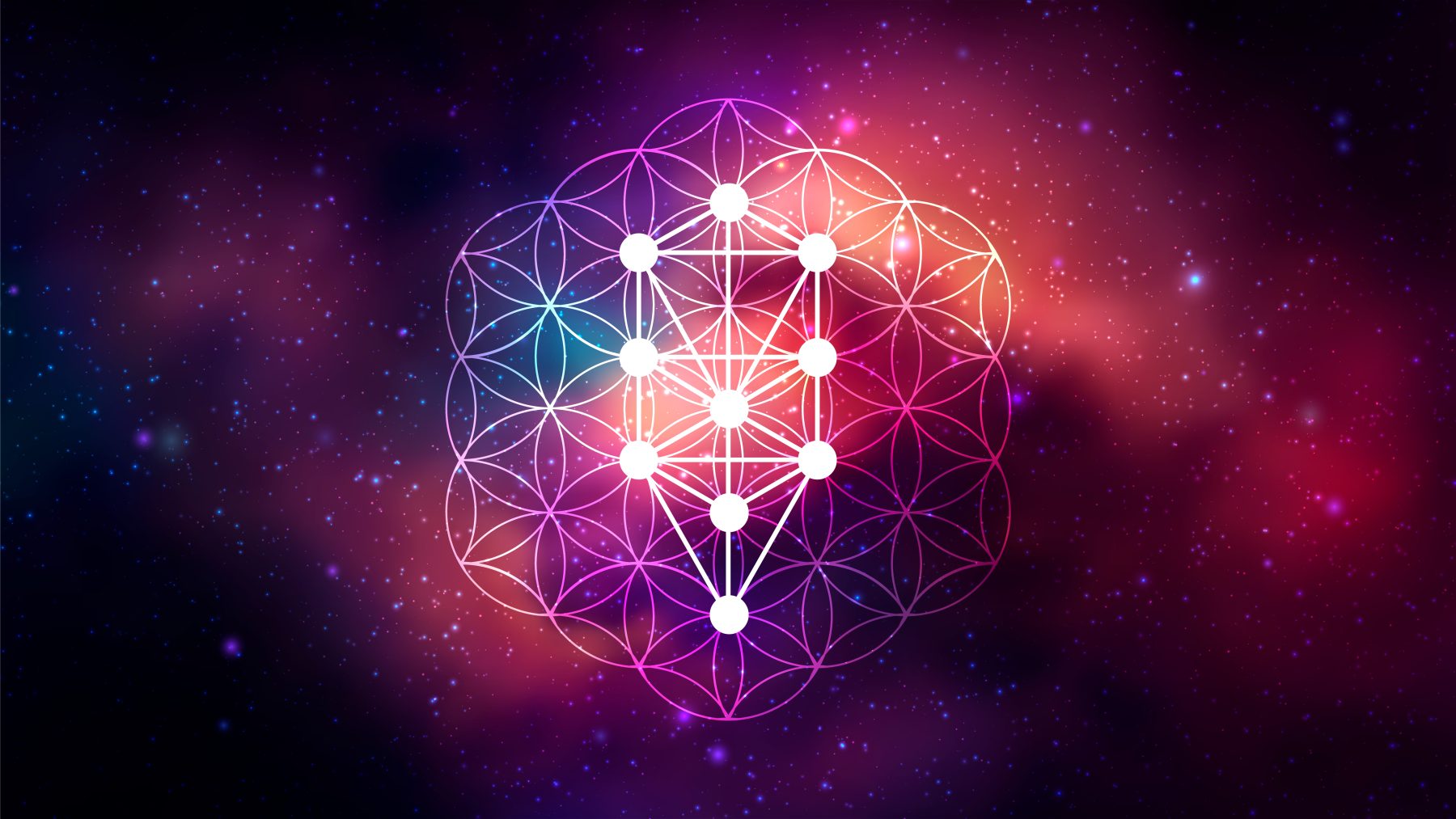

Exploring the Profound Symbolism and Significance of the Tree of Life
The Tree of Life is a symbol that transcends cultural and religious boundaries, resonating with deep meaning and significance throughout history. It appears in various forms in the mythologies, religions, and philosophies of many civilizations, from the ancient Egyptians and Mesopotamians to the Abrahamic faiths and beyond. In this article, we will delve into the universal symbol of the Tree of Life, exploring its multifaceted interpretations, historical origins, and its relevance in today’s world.
Historical Roots and Cultural Diversity
The concept of the Tree of Life is ancient, with its roots extending across different civilizations. Some of the earliest representations of this symbol can be found in the ancient cultures of Mesopotamia and Egypt.
- Mesopotamia: In Mesopotamian myth, the Tree of Life is often associated with the god Enki. It represents the source of the Euphrates River, a life-giving water source in the region. This tree’s symbolism is closely related to nourishment, fertility, and renewal.
- Egypt: The ancient Egyptians had their own interpretation of the Tree of Life. It was associated with the goddess Isis, and it represented the cycle of birth, death, and rebirth. This tree also signified the eternal nature of life.
- Abrahamic Faiths: The Tree of Life is famously mentioned in the Bible. In the Book of Genesis, it grows in the Garden of Eden, representing the knowledge of good and evil. God prohibits Adam and Eve from eating its fruit, marking the beginning of human disobedience and the eventual fall from grace.
Universal Symbolism and Interpretations
The Tree of Life’s universal symbolism makes it a powerful and multifaceted emblem across cultures and belief systems. Some key interpretations include:
- Connection Between Heaven and Earth: The Tree of Life often serves as a metaphor for the connection between the earthly and the divine realms. Its roots firmly grounded in the earth, and its branches stretching towards the heavens, symbolizing the bridging of the spiritual and the material.
- Cycles of Life: The Tree of Life signifies the cycles of life, death, and rebirth. It represents the eternal renewal of the world and the enduring nature of life itself.
- Nourishment and Growth: Just as a tree provides nourishment and sustenance through its fruit and shade, the Tree of Life represents spiritual nourishment, growth, and the fulfillment of human potential.
- Knowledge and Wisdom: In some interpretations, the Tree of Life symbolizes knowledge and wisdom. This is particularly evident in the story of the Garden of Eden, where eating its fruit bestows knowledge of good and evil upon Adam and Eve.
- Balance and Harmony: The Tree of Life is often associated with balance and harmony, emphasizing the importance of equilibrium and the interdependence of all things.
The Kabbalistic Tree of Life
In Jewish mysticism, or Kabbalah, the Tree of Life takes on a unique and intricate form. The Kabbalistic Tree of Life consists of ten interconnected Sephirot, each representing different aspects of the divine. These Sephirot are organized in three columns, with the top three representing the divine intellect, the middle three embodying emotions, and the lower four relating to action.
Kabbalists believe that the Tree of Life provides a structure to understand the emanations of God and the spiritual path of ascent toward the divine. It serves as a roadmap for personal and spiritual growth, with each Sephirah symbolizing an attribute or quality to be cultivated and integrated.
Contemporary Interpretations
The symbolism and significance of the Tree of Life continue to resonate in modern times, transcending religious or cultural boundaries. In contemporary spirituality, it is often associated with personal growth, interconnectedness, and environmental consciousness.
- Personal Growth and Transformation: The Tree of Life is a potent symbol for personal growth and self-transformation. It encourages individuals to seek balance, wisdom, and self-realization in their lives.
- Interconnectedness and Unity: In an age marked by globalization and environmental concerns, the Tree of Life symbolizes the interconnectedness of all life on Earth. It promotes a sense of responsibility for the well-being of our planet and all its inhabitants.
- Spiritual Exploration: Many individuals and groups draw inspiration from the Tree of Life for spiritual exploration. It serves as a framework for understanding the spiritual journey and seeking higher levels of consciousness.
Conclusion
The Tree of Life stands as a symbol of profound depth and universal significance. Its roots extend across time and culture, with diverse interpretations that encapsulate aspects of human existence, spirituality, and the interconnectedness of all life. Whether viewed through the lens of ancient mythologies, religious texts, or contemporary spirituality, the Tree of Life continues to inspire and guide those who seek wisdom, growth, and a deeper understanding of the mysteries of existence.






Post a Comment